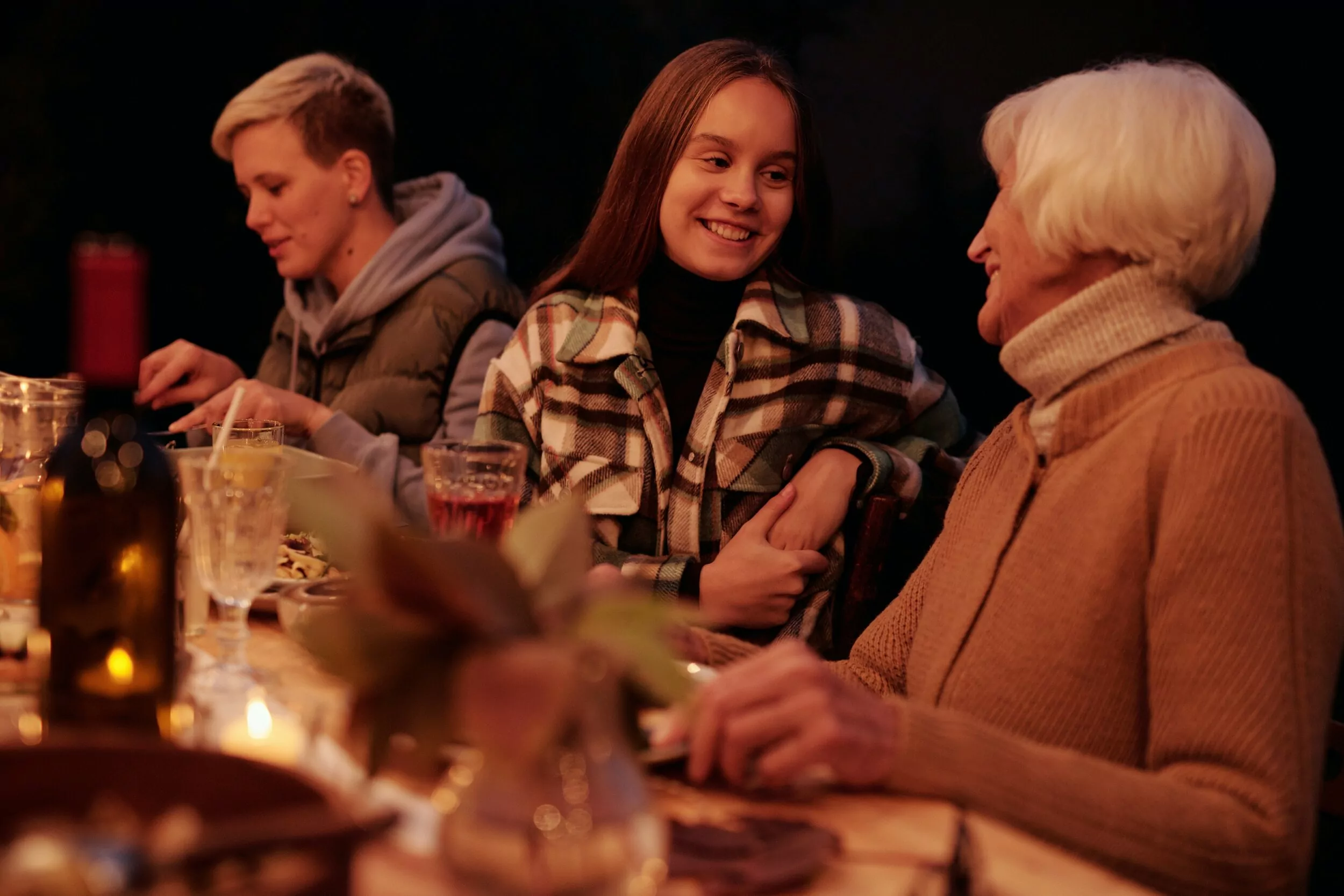
S&R News
New Opportunities in Intergenerational Senior Living
Today’s older adults are quite different than the generations before. Not only is life expectancy longer, but “seniors” are much healthier and have more progressive lifestyle demands. As a result, it’s no wonder seniors no longer want to be called “seniors.” The trickle-down effect? Active adults are looking for unique, modern housing options, such as intergenerational communities. At the start of this year, Senior Housing News reported that intergenerational senior living was a growing trend, encouraging operators and providers to tune in and pivot to meet the dynamic needs of these adults.
There’s certainly no question that the pandemic caused widespread disruption throughout the senior living industry. And while change is often difficult, it also brings new opportunities for growth and space for a more forward-thinking approach.
Differentiating Intergenerational and Multigenerational Living
For many families, the pandemic forced multiple generations to live together and support one another - mentally, emotionally, and physically. This was an adjustment on many different levels, but it also solidified the notion of multigenerational living. Now, it’s important to understand there is a stark difference between intergenerational and multigenerational living - especially when it comes to senior housing.
Multigenerational communities are typically mixed-use and offer senior housing and some associated services, but this isn’t their sole purpose. These communities are usually part of more extensive developments with various amenities and services aimed at different age groups and demographics.
Intergenerational communities, on the other hand, are more intentional about the old and young living together. Older adults typically have their own living space, but a more profound co-housing element fosters connection between generations. Instead of the groups being segregated by age, activity, and services, intergenerational housing encourages all residents to drive social relationships, partake in recreational activities, and simply live together.
What This Means for the Future of Senior Housing
The main takeaway from this growing trend of intergenerational living is that community is at the center. Research shows that intergenerational communities are linked to better mental well-being and overall health and wellness while decreasing social isolation at the same time. At the height of the pandemic, deteriorating resident wellness was a primary concern as many older adults struggled with isolation and loneliness.
In the post-pandemic landscape, we expect senior housing developments to evolve to meet the changing demands of today and build towards a more inclusive, dynamic future. Want to learn more? Contact our senior housing investment experts, Sherman & Roylance, today to learn about the industry's outlook and how intergenerational senior living impacts future communities.